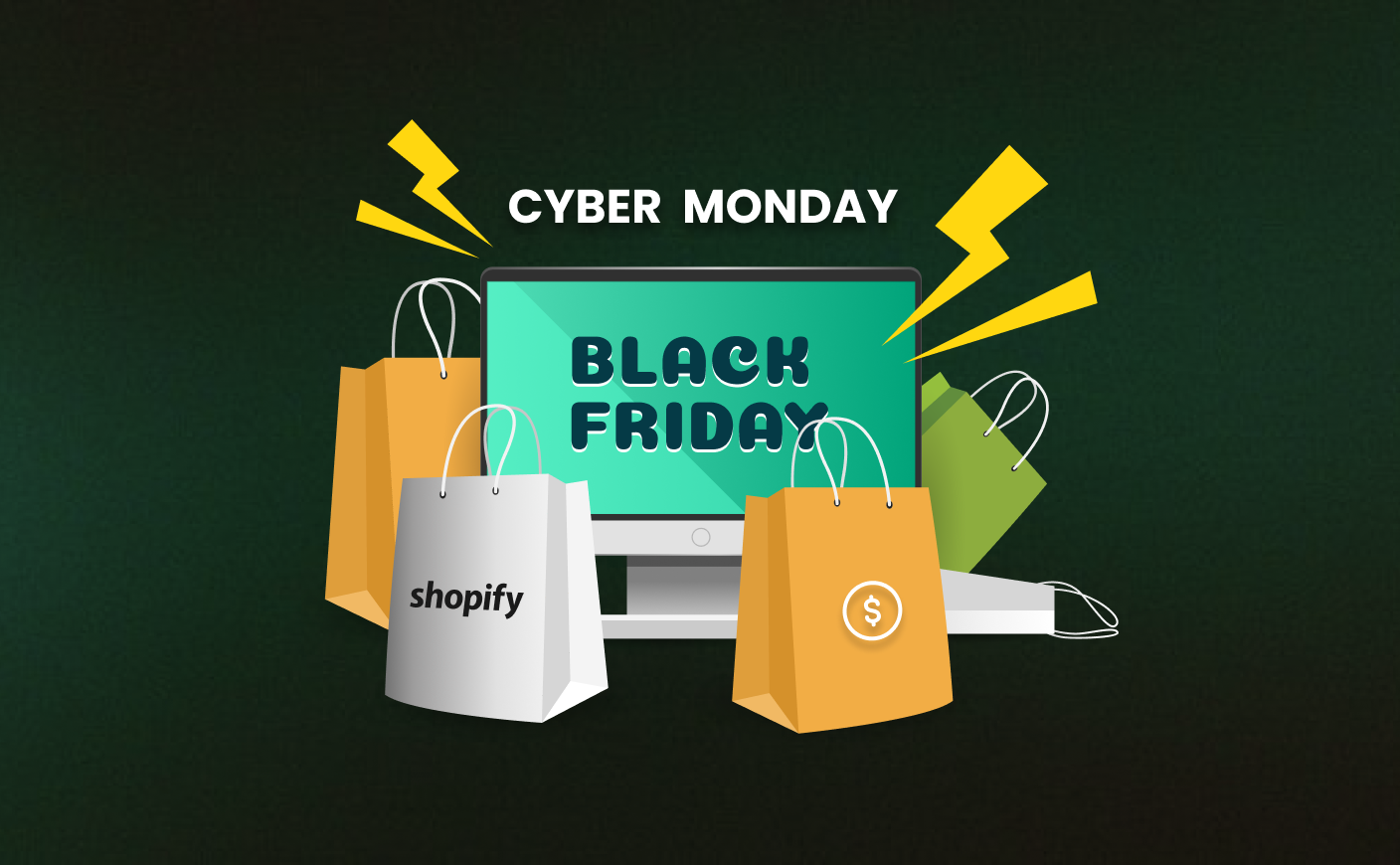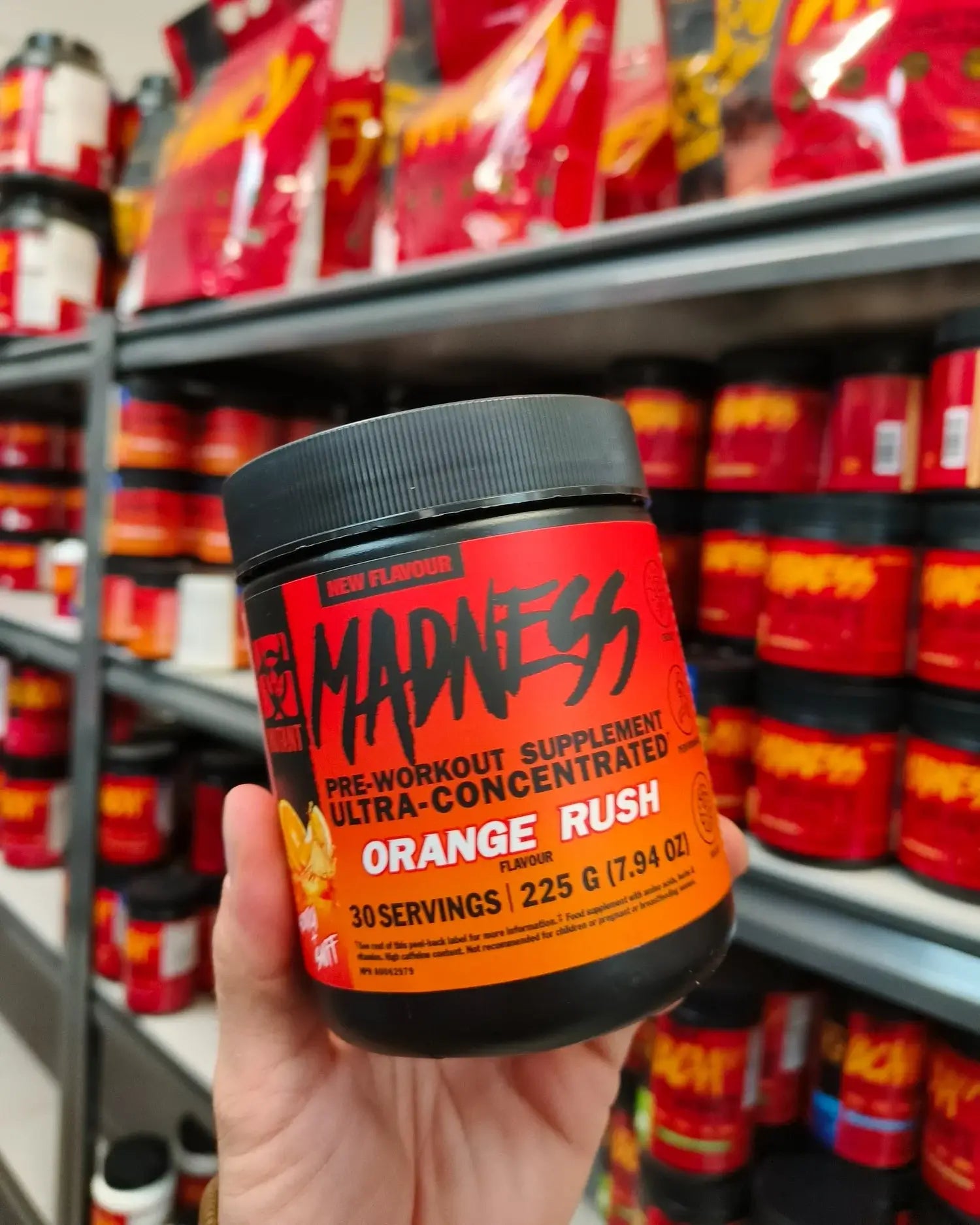eCommerce Growth Multiplier : 5 Steps To Success
e commerce growth
E-commerce
Shopify Development

Running a business is a complex affair. And there is no doubt about it. However, we also see businessmen overcomplicating it leading to ineffective decision making.
When simplifying things, we see that any ecommerce business model works under a few metrics that function well when they work together.
Any ecommerce store that grows exponentially works under 3 basic points:
- Rise in number of customers
- Rise in average price per purchase
- Rise in the frequency of purchase per customer
The list stated above is one of the basic ways we see any Shopify ecommerce business growing in recent times.
Below we will explore five main ecommerce multipliers that can be leveraged by businesses for their growth.
Top 5 Ecommerce Multiplier For Your Online Store
Let us go through each of these multipliers in great detail and what they can do for your business.
#1 Bring new customers
A crucial growth component is the quantity of new people joining your community in a certain period of time.
Why is this important for growth? Gaining new clients is crucial to growing the awareness of your brand and increasing revenue.
How to determine the growth rate? Keep tabs on the quantity of prospective customers you bring in every week, month, or year.
How can this area be improved? Start simple by offering an excellent product and a tempting offer. Next, successfully promote it. Investing in traffic is necessary if you want to attract new clients. Don't forget to get as many email addresses from visitors as you can, even if they aren't buyers. Use automated email campaigns to stay in touch with those visitors until they're ready to make a purchase.
#2 Average order value
The average price per unique order is a crucial metric for growth. The average order value (AOV) of your store must rise in order to offset the expense of bringing in new clients. The more money each consumer spends, the more you have to work with to attract new ones. While sector comparisons differ, most organisations should aim for an AOV objective of more than $60.
How is the AOV determined? The statistics are simple to understand: revenue is divided by the total number of orders. Generally, it is simple to locate this information on any e-commerce site.
Focus on these tactics to increase your AOV:
- Sustaining a high average order value requires an adequate product mix. A variety of products should be available in your store to encourage people to purchase multiple items; do not become a one-product store.
- Using cross- and up-sells is a successful strategy.
- And lastly, you need to have a strong offer. Although price is important, a great offer focuses on providing a compelling value proposition that appeals to customers rather than just offering discounts.
#3 Lifetime value (LTV)
LTV is the total amount a user spends on a business during their relationship course. A more realistic strategy, though, would be to calculate LTV across time intervals of 30, 60, 90, or even a whole year.
Why is LTV so important for expansion? It's a key component that drives company growth. The high cost of customer acquisition, especially through advertising, means that many businesses lose money on their first sale. It would be great to break even on this first purchase. Attracting clients into your environment and promoting recurring business are the keys to success.
How would you measure this engine of growth? The first step in measuring customer lifetime value is figuring out how long your customer life cycle should last. Once you have the average order value and order frequency, you can use a simple formula to determine LTV.
How to improve LTV? Use the following methods to increase your LTV.
- Product offering: A product line that attracts and retains clients is essential for any organisation.
- Email and communication: Sustaining relationships requires a strong email marketing strategy. To keep clients interested, this entails sending out reorder reminders, introducing new products, and promoting specials.
- Developing brand supporters: Converting clients into committed supporters that ardently advocate for your business to others, chat about it online, and make repeat purchases is the best approach for increasing lifetime value (LTV).
#4 Margins
The amount of money left over after subtracting the hard expenses from the selling price of your goods is known as your product margin. Margin is a major contributor to profit, even though it is not the same as profit.
Why is this necessary for development? Your company won't make enough money to reinvest in client acquisition, improve customer service, or launch new items if margins are too thin. If these elements are absent, e-commerce companies frequently stagnate or fail. The growth trajectory of your firm is primarily driven by its margins.
A minimum 5x markup is advised. But ecommerce companies usually do well when their margins approach 10x, or even 30x!
In what way is this multiplier trackable? You can compute a weighted average markup of your best-selling products or use the % markup on individual products to assess margins.
How do you increase margins? From the very beginning, take product margins into consideration. After they are established, increasing margins becomes more difficult and can necessitate lowering product quality, which is not what you want. The ideal strategy for growing margins for well-known businesses is to create new items while taking current ones into account.
#5 Rate of conversions
The percentage of visitors to your ecommerce business that finish a purchase in relation to the total number of visitors is known as your conversion rate.
Why is this crucial for development? Many online store owners monitor their conversion rates, but it often seems impossible to increase the figure with so many factors at play. However, conversion rate has great promise for growth and, when properly tuned, can yield substantial gains. It's the most powerful growth lever since any increase in conversion rate, no matter how small, can improve everything else. Customer lifetime value rises, marketing budgets are stretched farther, and traffic acquisition becomes more economical.
How is this growth lever tracked? Most platforms make it simple to monitor conversion rates, and resources like Google Analytics offer this information. However, segmenting conversion rate based on factors like mobile versus desktop or various marketing channels is the most efficient method to keep an eye on it.
How could you make it better? Since conversion rate is a compound metric, it is influenced by a number of underlying elements. To boost this rate, you need to improve those influencing elements, which can include:
- Your website's technical performance
- Landing pages
- Product page layout and navigation
- Offers and value proposition
- Product description language and related material
Final Thoughts
Building a profitable ecommerce business requires using key multipliers that cooperate to promote steady growth. Through a strategic focus on customer acquisition, average order value growth, lifetime value enhancement, margin optimization, and conversion rate optimization, your Shopify store can establish a strong base for sustained success. While each of these growth levers is important and shouldn't be disregarded, their combined effects are truly remarkable.
CrawlApps
At CrawlApps, we don’t just build Shopify stores—we create experiences that sell. We’re a bunch of problem-solvers who love turning ideas into stores that actually converts. Whether it’s fixing what’s broken or building something from scratch, we make sure every detail works in your favor. No fluff, no jargon—just real solutions that help your business grow. If you’re serious about Shopify, you’ll feel right at home with us.















